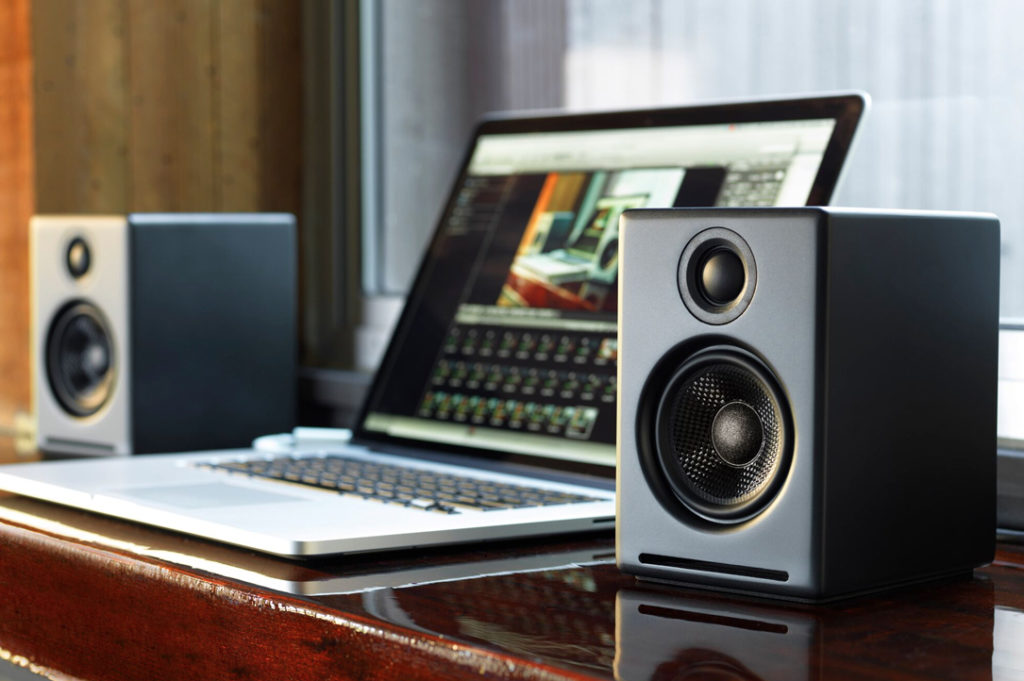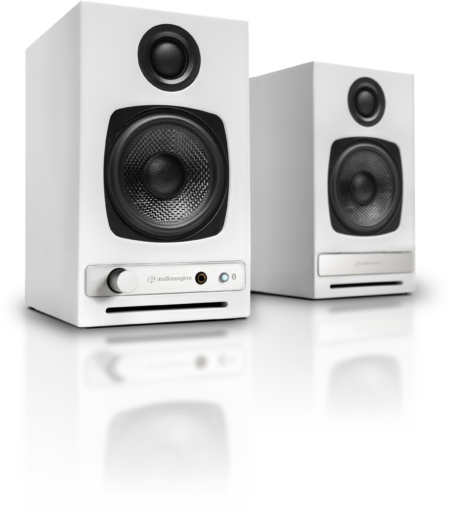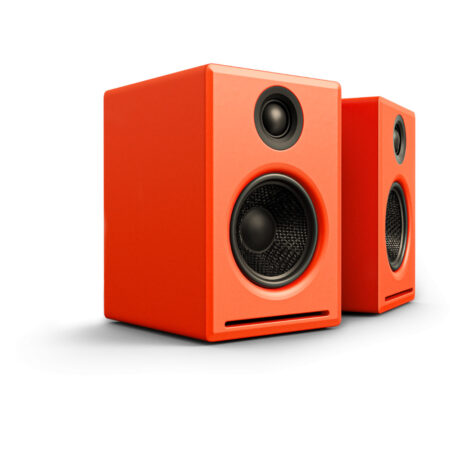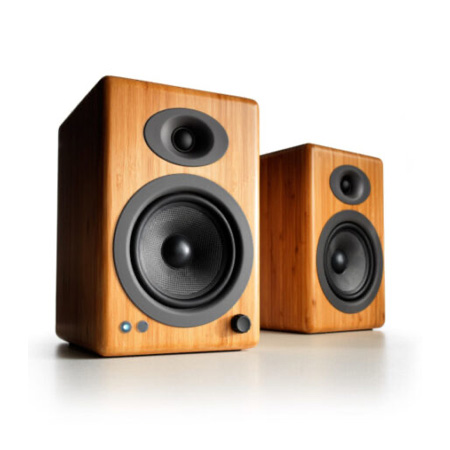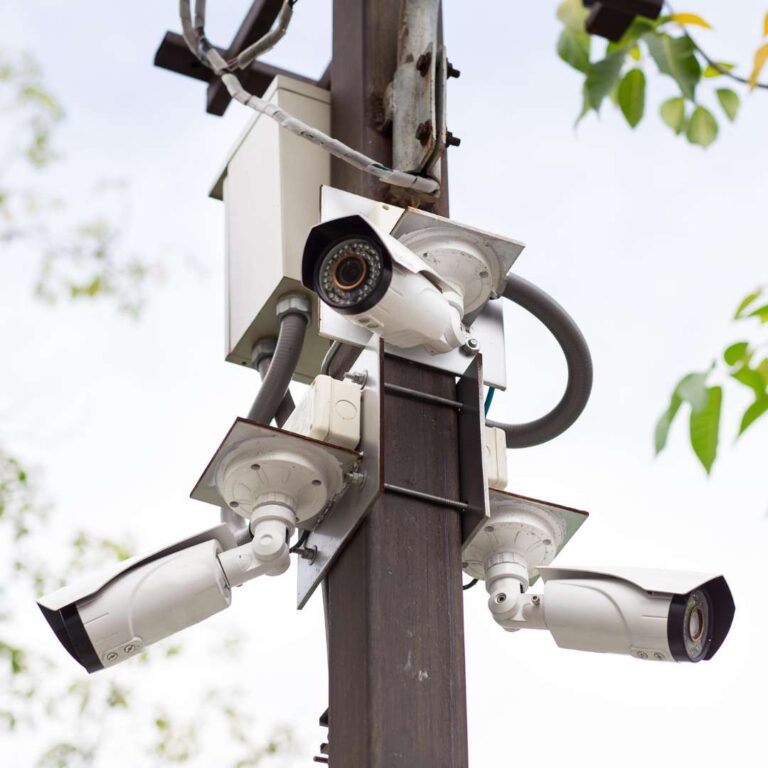Wattage is one of the most commonly misunderstood numbers in audio. At first glance, it seems straightforward. Higher wattage must mean a louder Home Music System, right? Not exactly. While power plays a role in performance, it is far from the only factor that determines how loud a system actually sounds.
In this article, we’ll break down what wattage really means, why it’s not a reliable measure of loudness, and what you should focus on instead if you care about real volume and clean output.
What Wattage Actually Measures
Wattage tells you how much electrical power an amplifier can send to its drivers. This measurement is typically given as RMS, or continuous power. It is a useful figure, but it does not account for how efficiently that power becomes sound. More importantly, it does not account for how the human ear perceives loudness.
To put it plainly, doubling the wattage does not double the volume. That’s a common misconception. Human hearing works on a logarithmic scale, not a linear one. What this means in practical terms is that each time you double the power, you only get a small, noticeable increase in loudness, about 3 decibels.
To the average listener, a change of 10 decibels is what feels roughly twice as loud. But to reach that 10 dB increase, you need ten times the wattage. So, if your Home Music System is putting out 10 watts, and you want it to sound twice as loud, you would need to jump to 100 watts, not 20.
Loudness Comes from More Than Just Power
Wattage is one part of the equation, but several other factors influence how loud a Home Music System will actually sound in your space:
- Sensitivity: This rating, measured in decibels, shows how efficiently a system converts power into sound. A more sensitive system will sound louder at the same wattage than one with a lower sensitivity rating.
- Amplifier Design: The way the amplifier delivers power matters. A high-quality Class A/B amplifier like the ones in Audioengine systems provides clean, controlled output across the frequency range. You get real dynamic range and volume without harshness or distortion.
- Driver and Cabinet Tuning: The physical construction of the system plays a major role in how it projects sound. A well-tuned cabinet with solid bracing, matched drivers, and clean signal paths can fill a room without needing huge wattage numbers.
- Listening Environment: Room size, furniture, surface materials, and listening distance all affect perceived volume. A system that sounds loud and clear in a small studio may feel underpowered in a large open living room.
Why You Should Not Rely on Wattage Alone
If you are shopping for a Home Music System, focusing only on wattage is like choosing a car based on engine size without asking how it handles. Wattage might give you a ballpark figure, but it does not account for the quality of the design, the efficiency of the system, or the way it actually sounds when you press play.
For example, the A2+ Wireless Home Music System delivers 30 watts per channel yet consistently surprises listeners with how full and loud it sounds in a desktop setup. That is because it is built for efficient performance, not for chasing numbers.
What To Look For Instead
If you want a better sense of how loud and capable a Home Music System is, here are the specs and features that actually matter:
- RMS wattage (not just peak)
- Sensitivity rating in dB
- Type of amplifier
- Size and materials of drivers
- Cabinet design and tuning
- Intended listening environment
These are the details that shape real-world performance.
The Takeaway
Wattage is part of the story, but it does not tell you everything. Loudness depends on efficiency, design, and how the system performs under real listening conditions. At Audioengine, we focus on that full picture. Our Home Music Systems are built to deliver strong, reliable output that holds up across genres, volumes, and spaces.
When you want sound that makes an impact, the number on the box matters less than the engineering behind it.




